Whether your coffee scale at home broke, you are trying to make a brew with the new office espresso machine, or you want to kickstart your day at a rented vacation home, you need your caffeine fix fast. But how can you measure how much coffee you need for your espresso shot?
Luckily, you can approximate the amount of coffee by counting espresso beans. It’s not an accurate method, but it can let you enjoy an espresso shot and avoid a decaffeinated day.
Let’s find out how many coffee beans are in a shot of espresso.
How many espresso beans are in a single shot?
An industry-standard shot of espresso requires 7 grams of coffee beans. Considering their average weight, you need roughly 60 coffee beans to make a single espresso shot.
This number of coffee beans will produce an enjoyable single shot of espresso to wake you up in the morning. Use twice as many — or 120 — beans to make a double espresso shot.
But you should know that this is not a hard and fast rule. Many factors affect how many espresso beans you need.
First, how many beans to use in a shot of espresso depends on how strong you like it. The standard espresso is brewed with 7 grams of beans, but you can also use less or more coffee, depending on your preferences.
Some people and many coffee shops opt for 8 grams of ground coffee beans for a stronger flavor. Use only 6 grams of ground coffee per single espresso shot for a milder taste.
So, how do you figure out how many espresso beans you should use in each case? First, you should know that the average weight of coffee beans ranges roughly from 0.12g to 0.16g per bean. A darker roast level gives the beans a lower weight.
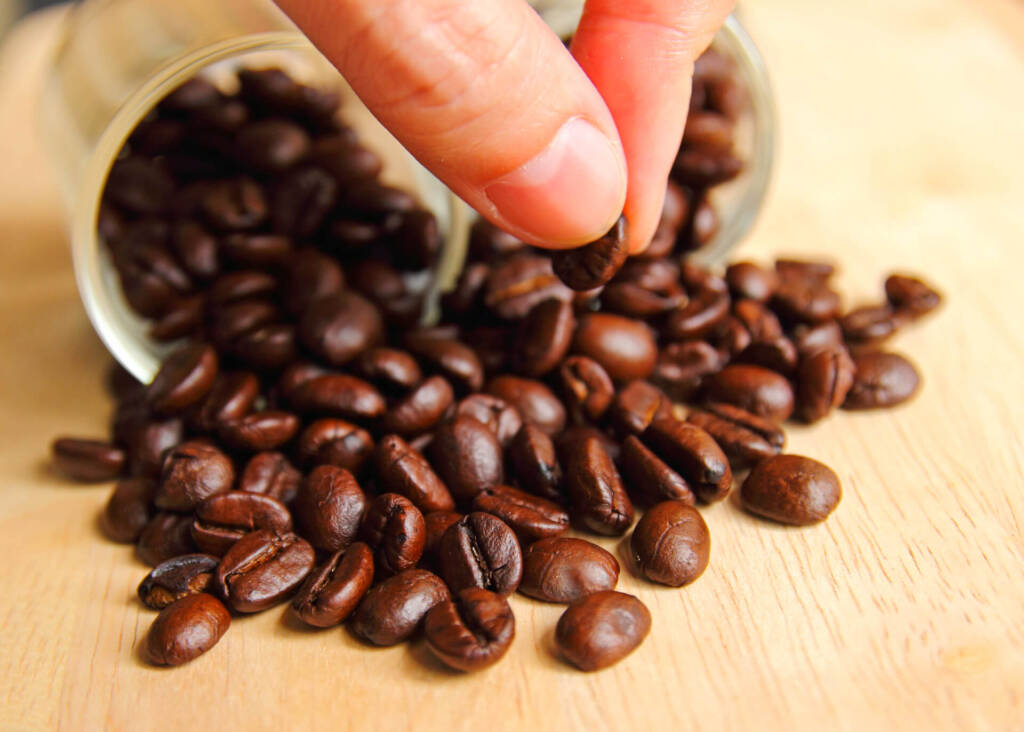
Let’s assume you use dark espresso roast, with each coffee bean weighing closer to 0.12g. Knowing this, we can divide the total amount of coffee we need by the weight of individual beans.
This simple math tells us that for 8g of espresso, you need about 67 beans. For 6g, you only need 50.
These calculations are for a single shot of espresso. Multiply the coffee beans by two if you are brewing a double shot.
Finally, you should check whether you use single-origin coffee or a coffee blend. Single-origin Arabica beans come from the same place, so they will all be more or less uniform in size. Each will have about the same weight, which makes counting how many coffee beans you need easier.
With coffee blends, the beans are sourced from different locations — and some may even include a mix of Arabica and Robusta beans. Therefore, the weight of each bean can vary depending on the type of coffee.
As such, it can be difficult to achieve your desired espresso flavor profile with the bean-counting method. When using blended coffee, you can never know how many beans you need — let alone how many espresso shots are in a bag of beans — unless you use a coffee scale.
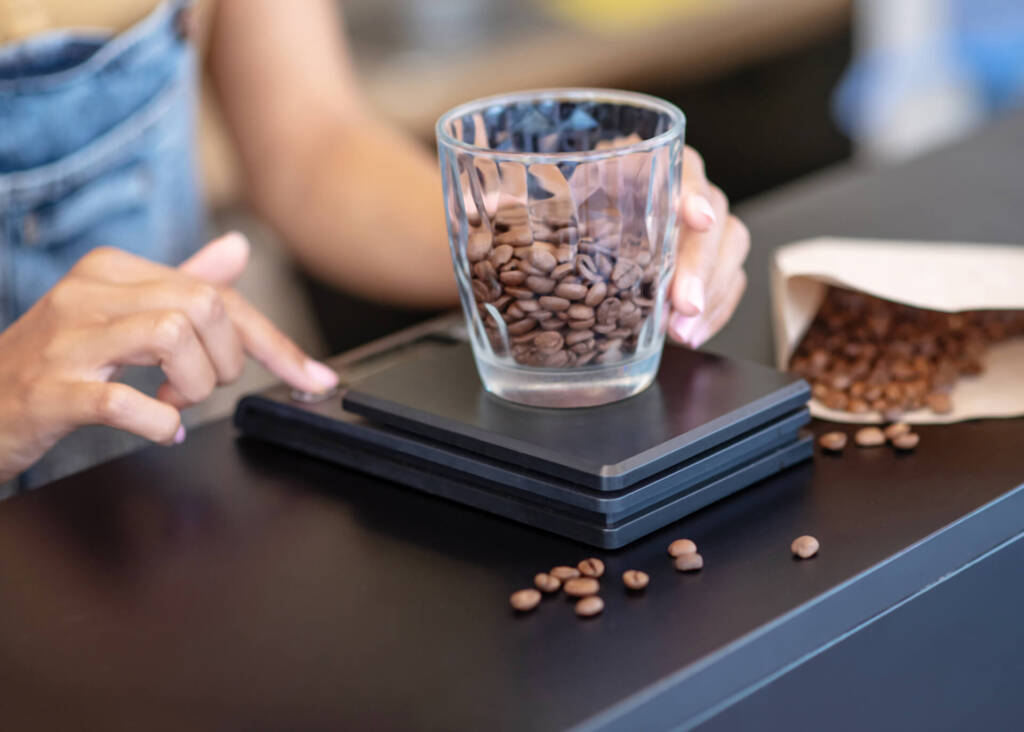
Do you need special coffee beans to make espresso?
It’s common to see “espresso beans” written on the coffee bags in the stores, so you may think only a special type of coffee can is suitable for espresso. However, that’s not true. Regular coffee beans can be used to make espresso.
Did you know there is no such thing as espresso beans? Espresso beans are the same as those used for other brewing methods.
The espresso beans mean they are very dark-roasted. Yet, other coffee bean types can work just as well. If you drink a lot of dark-roast espressos, try medium-dark or medium-roast levels to bring some variety to your life.
The roast level determines how many espresso beans are in one shot. Very dark beans may have lost as much as 20% of their weight due to water loss during roasting. This means darker roasts weigh less than light or medium-roast beans, so you would need fewer espresso beans when using medium roast.
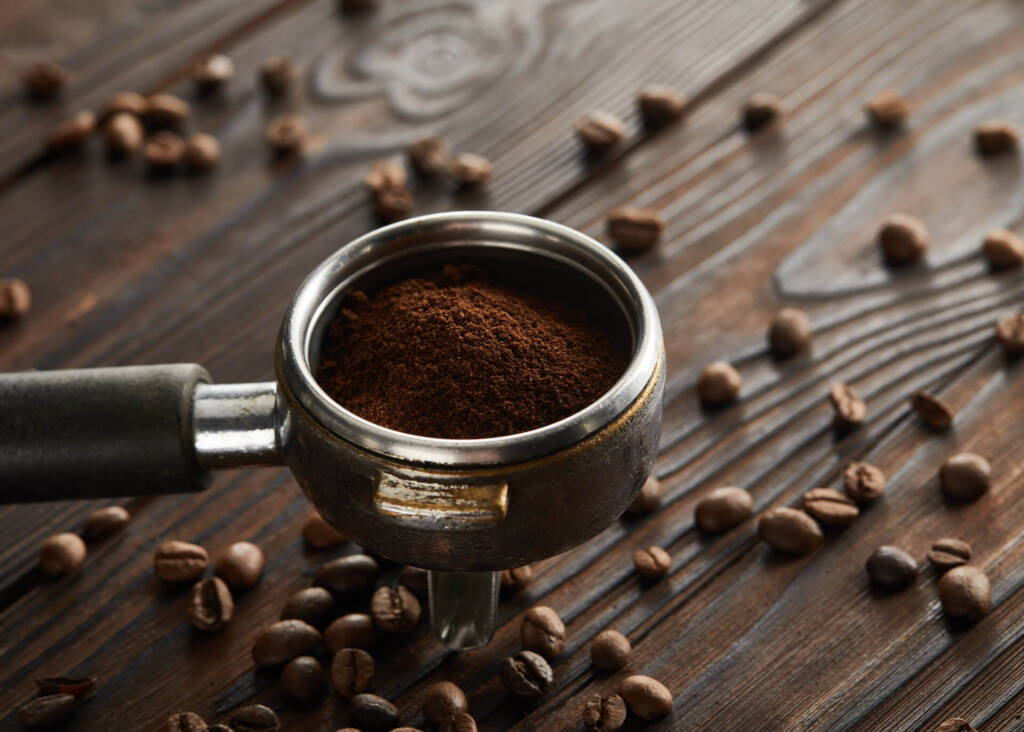
So, how many espresso beans do you need at each roast level? Here are my recommendations for a single espresso shot.
- Extra dark roast: 65 beans
- Dark roast: 60 beans
- Medium-dark roast: 55 beans
- Medium roast: 50 beans
- Light roast: 45 beans
One of the most important espresso bean brewing tips I can give you is to experiment! If your espresso shot is too bland, use more coffee, and vice versa.
Espresso bean compatibility also works the other way around, and they can be used with different coffee brewing methods. Try making French press or pour-over espresso, or use dark roast beans for drip coffee with a more intense flavor. Dark espresso roast can also make a great base for the most popular coffee drinks, like caffe latte, cappuccino, or americano.
As a side note, the degree of roasting also determines how much caffeine espresso contains. Despite the common myth, light-roasted beans give brewed coffee a higher caffeine content than darker roasts. So, if you want even more caffeine concentrated in your espresso shots, use lighter roasted beans.
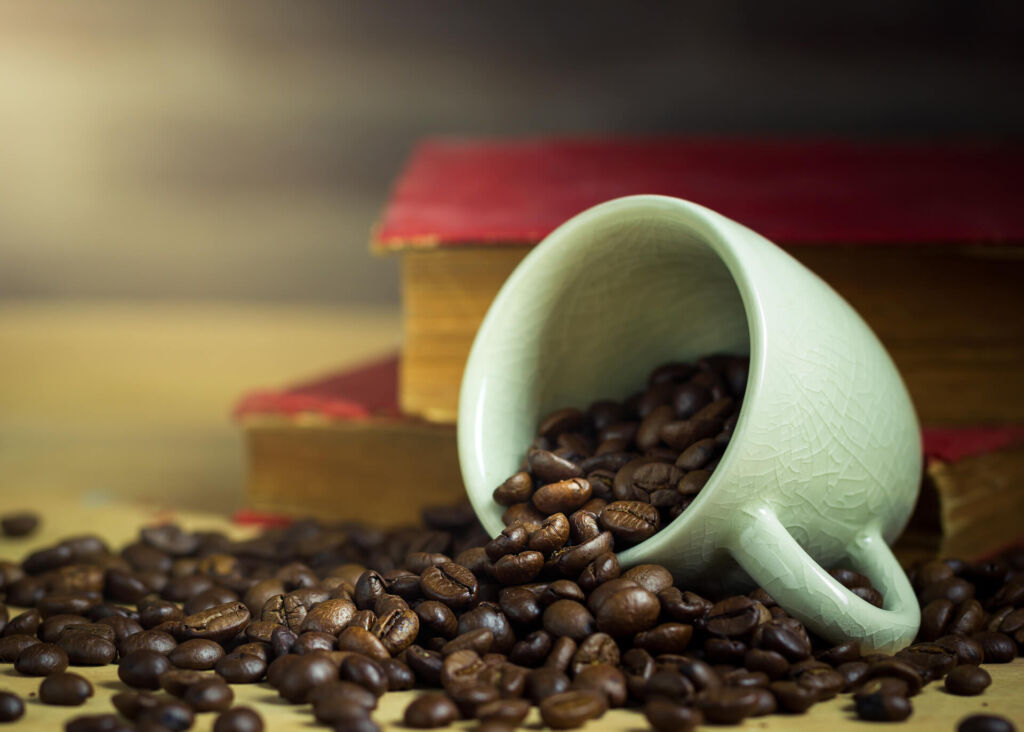
How do coffee beans affect the taste of espresso?
The taste of an espresso shot can vary greatly based not only on how many beans you use but also on their roast level, how they were stored, and their freshness. Let’s look at the key factors of how coffee beans impact the taste of your espresso shot.
Using the right amount of coffee is the key factor for an enjoyable cup of coffee — especially espresso. Too many or too few beans can ruin your drink.
Packing too much coffee into the espresso machine’s portafilter will result in an espresso shot with an overwhelmingly bitter taste. Using more coffee beans also produces more oils and other coffee residues, which could clog your espresso machine faster.
On the other hand, if you use too little coffee, your espresso shot will end up watery.
Roasting also has a significant impact on the espresso flavor. Dark roasts are generally the default option for espresso, but medium or light roasts can make a delicious espresso shot.
Dark-roast beans give espresso its famous characteristics when compared to regular coffee. They result in a bold, slightly bitter taste and more body. Dark beans give the drink a more chocolatey taste that shines through steamed milk in tasty lattes and other coffee drinks.
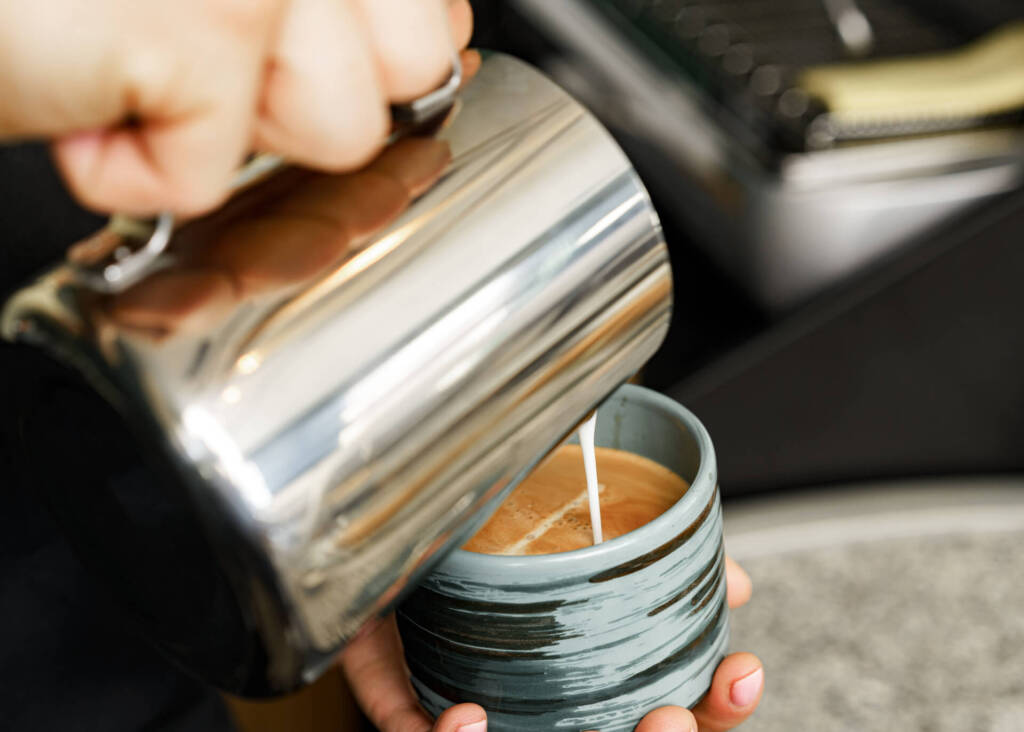
Lighter roasts produce a less thick espresso shot with a sharper taste and more fruity and floral notes. Medium and light roasts can make for a delightfully complex — although more acidic — espresso shot with more caffeine.
Next, let’s answer how to store espresso beans. When coffee beans come into contact with air, they become stale and lose flavor and aroma. Stale or expired beans make espresso taste bitter or have not much flavor. Storing espresso beans in an air-tight container is vital for good-tasting espresso.
Freshness is also important for espresso taste — but don’t use beans roasted the same day. Although you should always use fresh coffee beans, coffee needs around three days to de-gas once it is roasted to develop its flavor profile fully.
Finally, single-origin and blended coffee beans will produce a different flavored espresso shot. Coffee lovers prize 100% single-origin Arabica beans the most, as they give brewed coffee a richer and smoother taste. However, 100% Arabica beans can make your espresso somewhat sour.
Coffee blends used to make espresso can contain multiple varieties of Arabica beans from different regions, and some blends may even contain Robusta beans.
Robusta coffee tastes more bitter but is cheaper than Arabica and produces more crema. This is why some coffee manufacturers include some Robusta in their espresso blends.
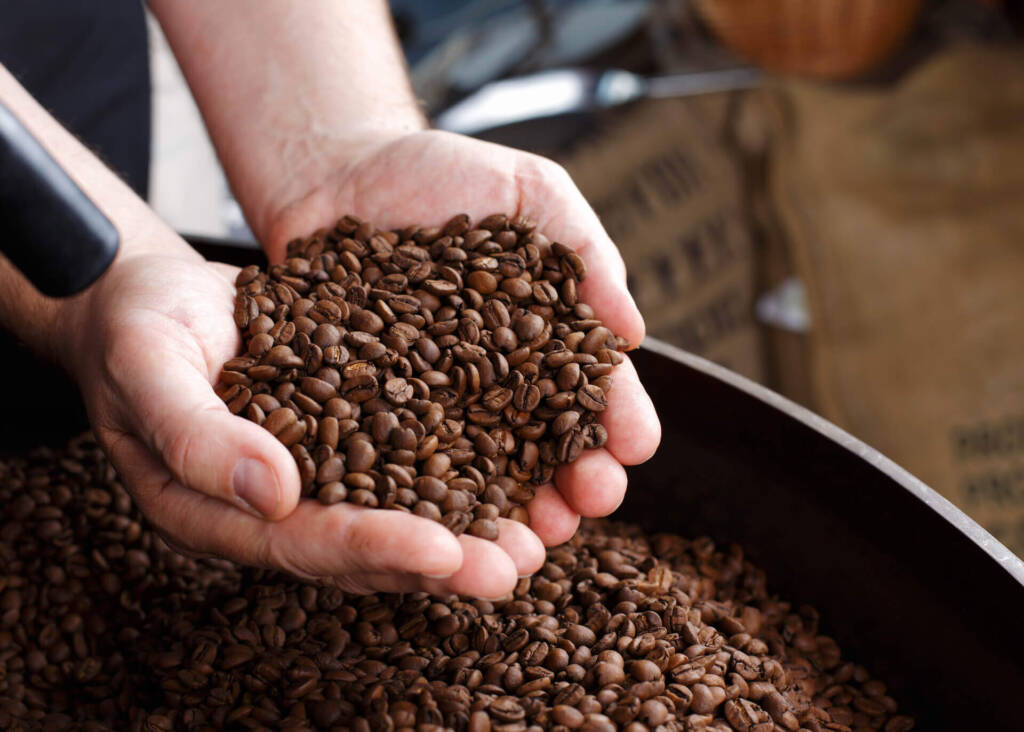
How finely should you grind espresso beans?
When preparing espresso, you should use medium-fine to fine grind. Finely ground coffee beans are essential for espresso.
Espresso machines brew coffee by forcing hot water at high pressure through the grounds. This results in a short extraction time.
The finer grind size increases the total surface area of the coffee grounds, allowing more high-temperature water to come into contact with them and extract the most flavor, oils, and other coffee compounds.
With a coarser grind size, the hot water will flow by the grounds too fast, resulting in under-extraction and espresso that tastes bland or sour.
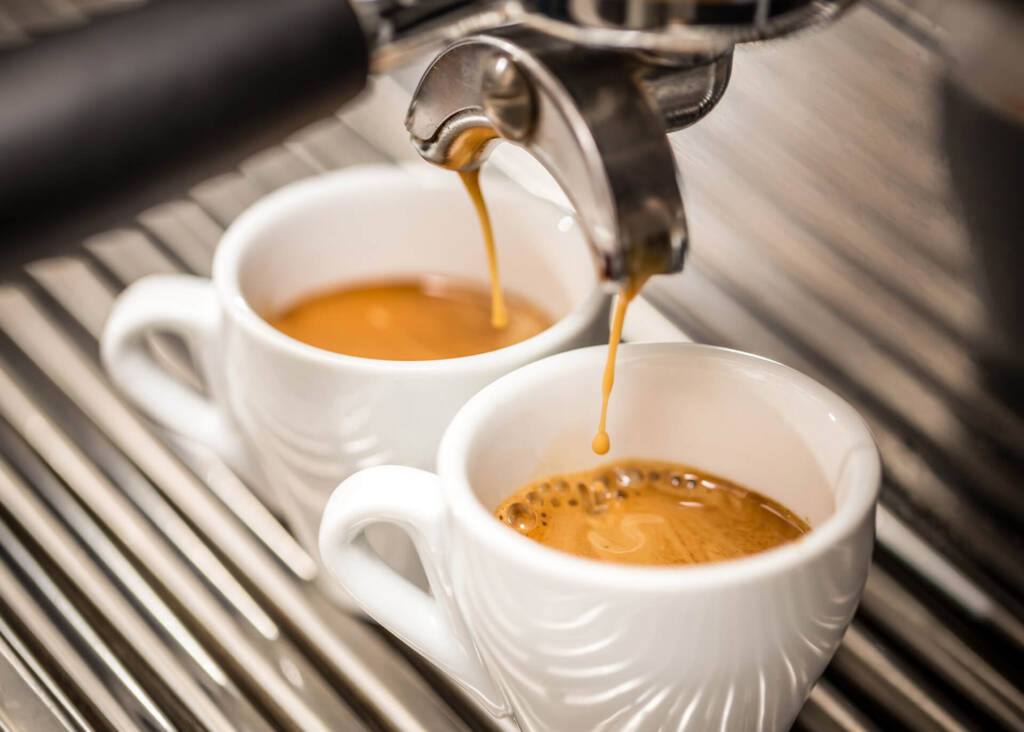
But you should also be careful not to grind the coffee too finely. An extra fine grind size, like that used for Turkish coffee, can cause the grounds to pack together in the portafilter and prevent water from flowing freely.
As a result, some parts of the espresso puck will get over-extracted or even burnt, while others suffer from under-extraction. I probably don’t have to tell you that this does not make for a tasty shot of espresso. It could taste bitter or sour, depending on how the grounds settled in the portafilter.
You must grind your espresso beans to the right coarseness. Always use a burr grinder with adjustable settings to get an accurate grind size. Blade coffee grinders or blenders can’t achieve a consistently fine grind size.
If you accidentally grind coffee too coarsely for espresso, don’t try to re-grind it to the correct grind size. This will only clog your grinder, as ground coffee doesn’t flow through the machine as effectively as whole beans.
Accepting the loss and processing a new batch of espresso beans to the right grind size is better.
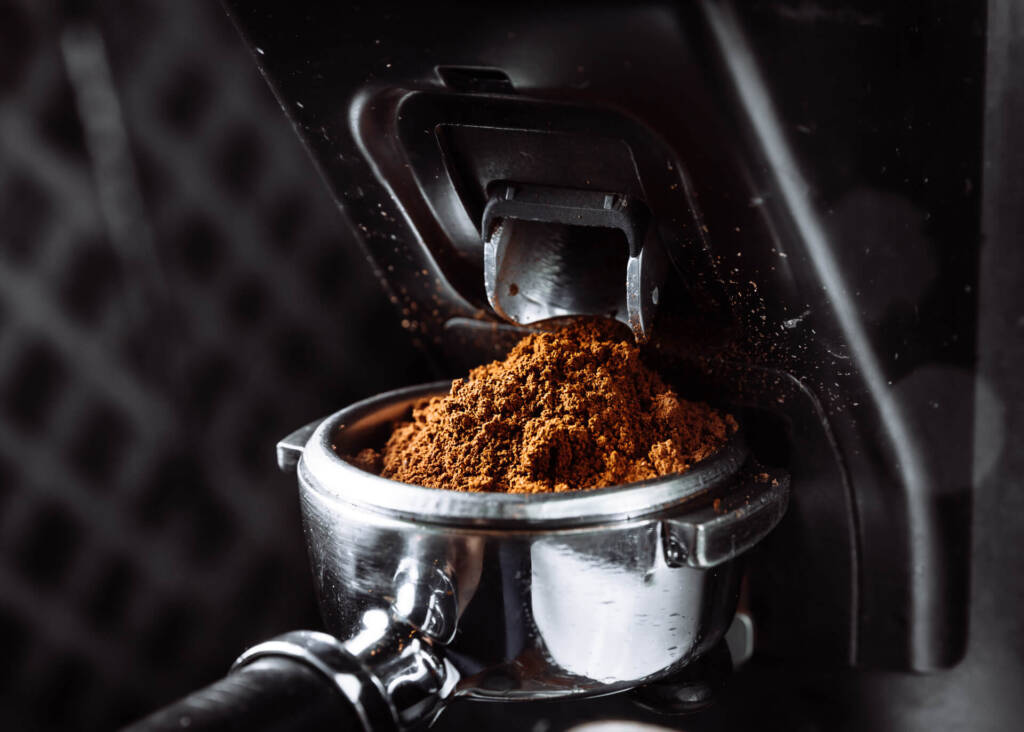
Why using scales is better than counting beans
Although you can make good espresso by counting beans by hand, you should use a more accurate method if possible. Coffee scales help you measure espresso beans accurately for the best-tasting espresso.
The espresso brewing method is rather precise. If the number of espresso beans or hot water is slightly off, it can reduce your drink’s flavor.
Coffee beans are a natural product, so they are never perfectly uniform in shape, size, and weight. Measuring them accurately is impossible if you count them by hand.
An accurate coffee scale can weigh beans down to milligrams. With this level of near-scientific accuracy, you can reliably pull an espresso with the perfect consistency and richer flavor.
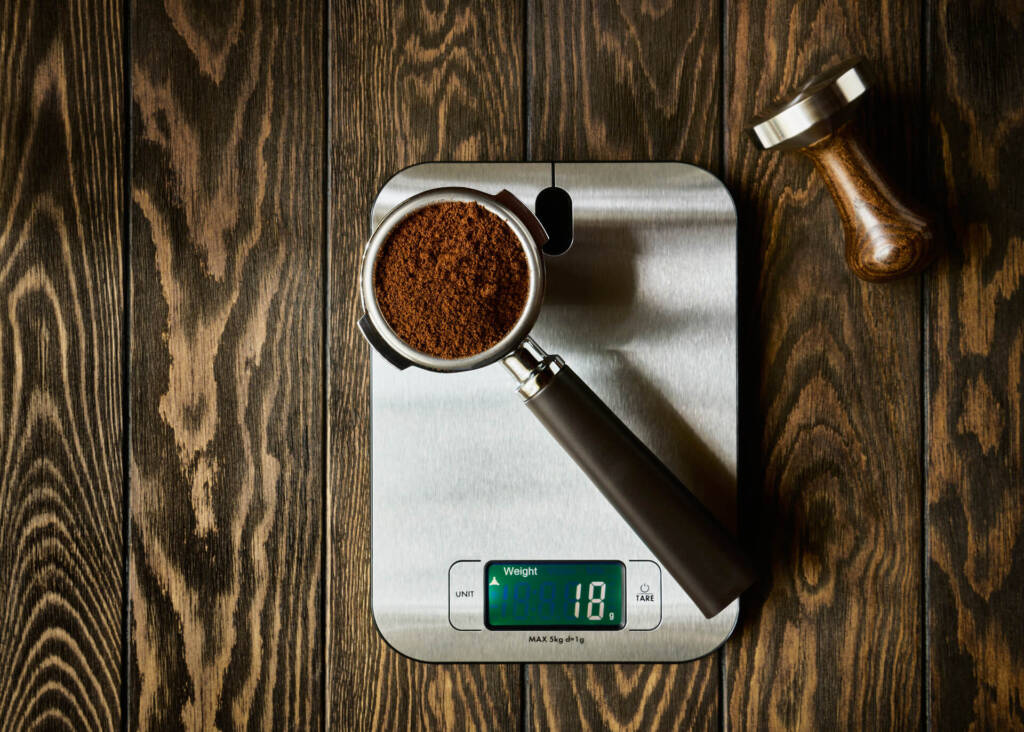
You might wonder what to do if you have no coffee scale. You can also use regular kitchen scales. You should be fine if the scale can measure ground coffee down to grams.
Hand-counting coffee beans can help you when you are under pressure to get four caffeine fix. Yet, bean counting is a very imprecise measurement method. Many things can affect bean weight and throw off your calculations.
But as they say, any port in a storm and now you now know how many coffee beans to use when scrambling to make an espresso shot.
